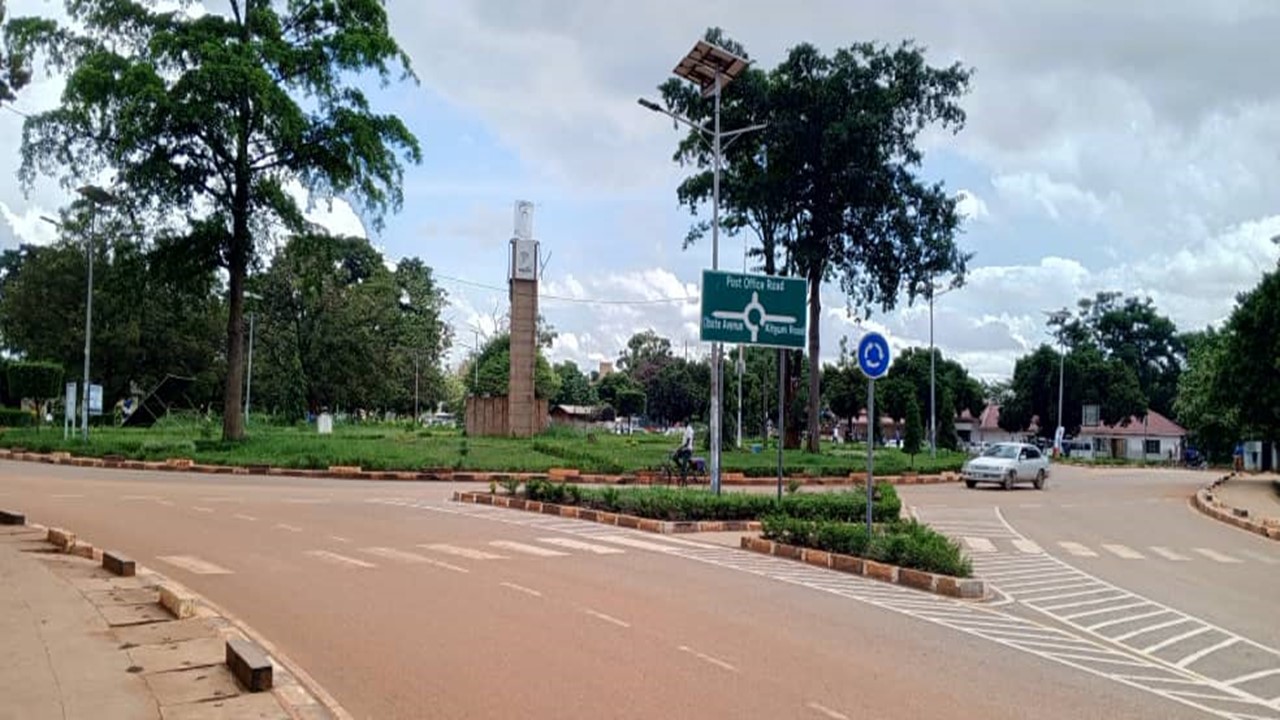Lira City, located in northern Uganda, offers a unique blend of cultural heritage, natural beauty, education and modern development. As one of the rapidly growing urban centers in the country, Lira provides visitors with a chance to experience both the rich traditions of the Lango people and the vibrancy of a contemporary city. Here are some iconic places to visit in Lira City:
1. Obote Avenue
Obote Avenue is one of the main roads in Lira City, named after the former Ugandan President, Dr. Apollo Milton Obote. This avenue is not just a thoroughfare but a symbolic link to Uganda’s political history. Lined with shops, offices, and restaurants, it’s a vibrant part of the city where visitors can experience the everyday life of Lira’s residents. Walking down Obote Avenue provides a sense of the city’s pulse, blending the past with the present.
2. President Milton Obote’s house
The house of former president, Dr. Apollo Milton Obote, located in the Senior, is an iconic landmark for those interested in Uganda’s political history. Though primarily a simple, private residence, the house is of great significance as it was once home to the former president who played a pivotal role in Uganda’s independence and early post-colonial history. A visit to this area offers a glimpse into the life of one of Uganda’s most influential figures.
3. Traditional Schools on Boroboro Hill
Boroboro Hill is home to some of Lira’s most prestigious educational institutions, including Dr. Obote College Boroboro and St. Katherine Secondary School. Dr. Obote College, named after the former president, is known for its academic excellence and disciplined environment. St. Katherine S.S., a leading girls’ school, is equally revered for its strong academic and moral foundation. Visiting these schools offers insight into the region’s commitment to education and the nurturing of future leaders. These two great schools are under the Diocese of Lango (Anglican church), whose headquarters is also in same area, including the majestic All Saints Cathedral, one of the oldest churches in the region.
4. Ngetta Rock
Ngetta Rock (Got Ngetta) is a natural wonder and one of Lira’s most famous landmarks. This massive rock formation rises majestically above the surrounding landscape, offering breathtaking views of Lira City and the surrounding countryside. The rock is steeped in local legend and is often associated with the cultural heritage of the Lango people. Hiking to the top of Ngetta Rock is a rewarding experience for nature lovers and adventure seekers, providing both a physical challenge and a spiritual journey.
5. Lira University
Established in 2015, Lira University is a growing institution that plays a crucial role in the educational and social landscape of northern Uganda. Located on the outskirts of the city, the university is dedicated to fostering academic excellence and community engagement. Visiting Lira University allows you to explore the modern campus, interact with students and faculty, and gain an understanding of the region’s educational aspirations. The university also hosts various cultural and academic events that are open to the public, making it a vibrant hub of activity.
6. Lira Main Market
Lira Main Market is the bustling heart of the city, where locals and visitors alike gather to shop for fresh produce, handcrafted goods, and a variety of other items. The market is a great place to immerse you in the daily life of Lira’s residents and to experience the region’s culinary and artisanal traditions.
7. The War Memorial
Located around the Lira City Council roundabout, this monument is a solemn reminder of the conflicts that have affected the region, including the Lord’s Resistance Army (LRA) insurgency. The War Memorial stands as a tribute to those who lost their lives and serves as a symbol of peace and resilience. It is a place of contemplation and remembrance for both locals and visitors.
8. Lango Cultural Centre
This center is dedicated to preserving and showcasing the culture of the Lango people. Visitors can explore exhibits on traditional music, dance, crafts, and other cultural practices. The Lango Cultural Centre is an excellent place to gain a deeper understanding of the local heritage and to witness cultural performances.
9. Churches and Mosques
Lira City, like much of Uganda, is home to a diverse religious landscape, with various Christian denominations and Islam represented. The city has numerous churches and mosques that serve the spiritual needs of its inhabitants. Among the churches worth a visit include the iconic St. Augustine Church Barogole, All Saints Church Obangapewany (for Anglican church), and Lira Martyrs cathedral for the Catholics. For those who follow Islamic faith, there’s Lira Central Mosque, Iddi Amin Mosque, and Medina Mosque, along Juba road. Other religious faiths, such as Pentecostals, Jehovah Witnesses, Seventh Day Adventists (SDA) also have their places of worship. So, everyone has where to belong to.
10. Nightlife & Pubs
Lira City offers a variety of nightlife spots where locals and visitors can enjoy socializing, music, beer, street food, and entertainment. Currently, the famous hangout spots include Ferroz, found along Oyite Ojok lane, Vintage Lounge and Amazon Lounge, found along old Kampala road. Others are: Latitude Lounge, Space Lounge and Glass Lounge. There are other small places, that offer quiet place to unwind after hectic day. However, be mindful of your security (never walk alone), especially while returning back late in the night.
Conclusion
Lira City is a destination that offers a rich mix of experiences, from its cultural landmarks and historical sites to its modern amenities, exalting nightlife, and natural beauty. Whether you’re interested in exploring the local culture, enjoying leisure activities, or simply taking in the sights, Lira has something to offer every visitor.

